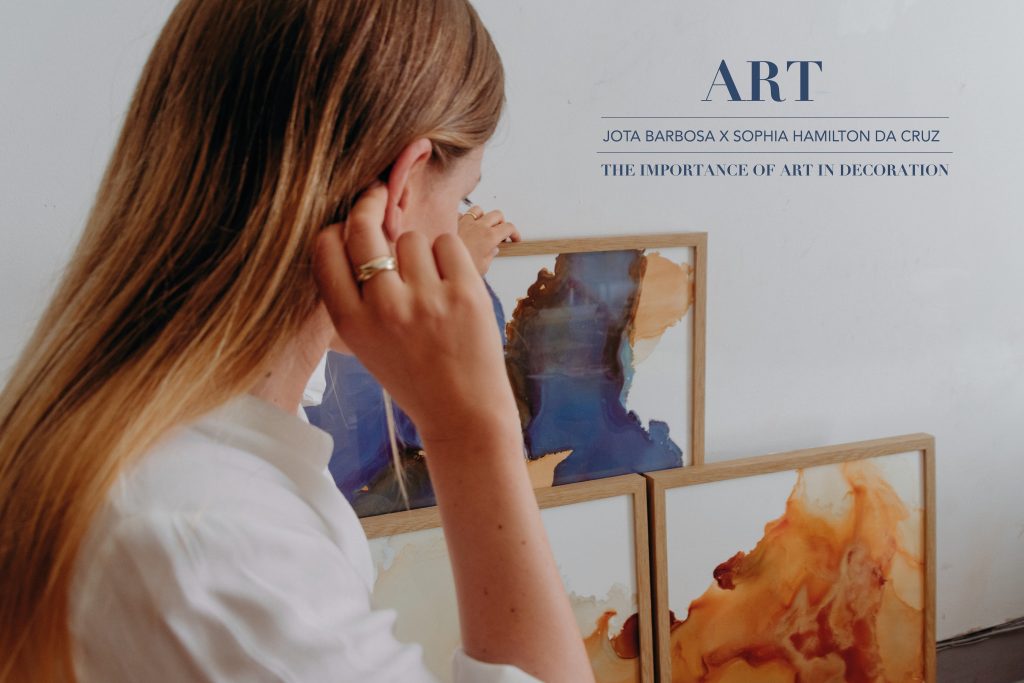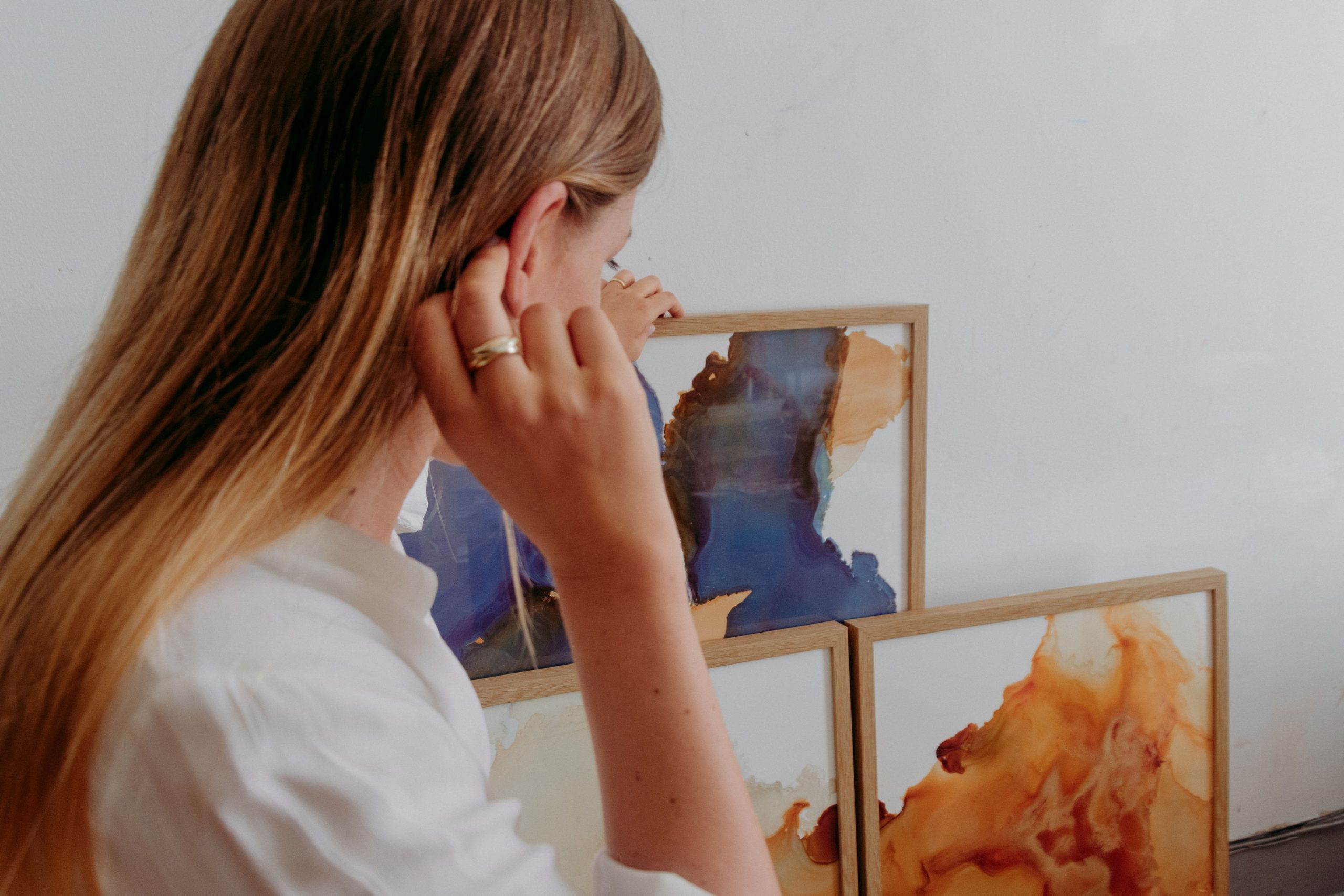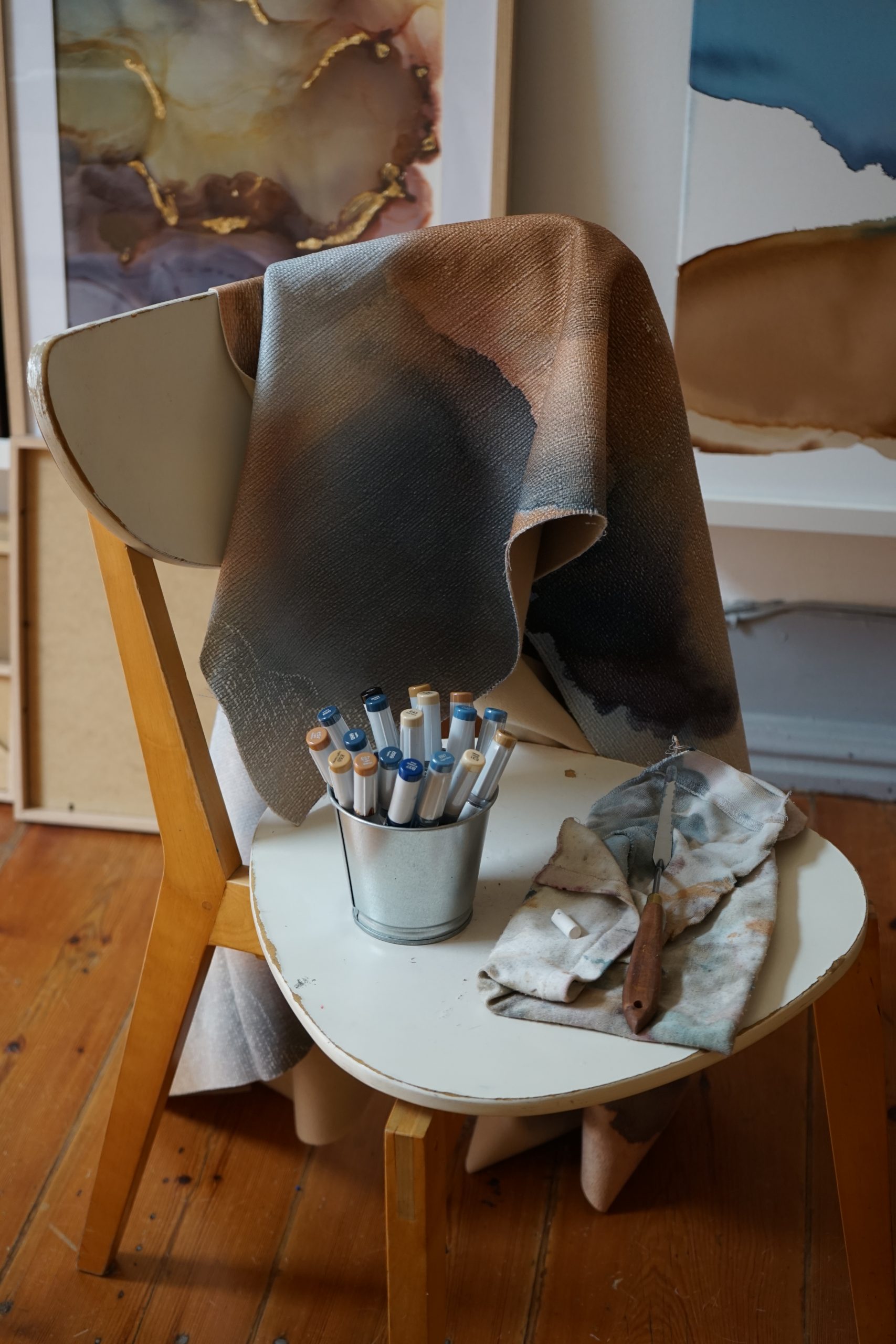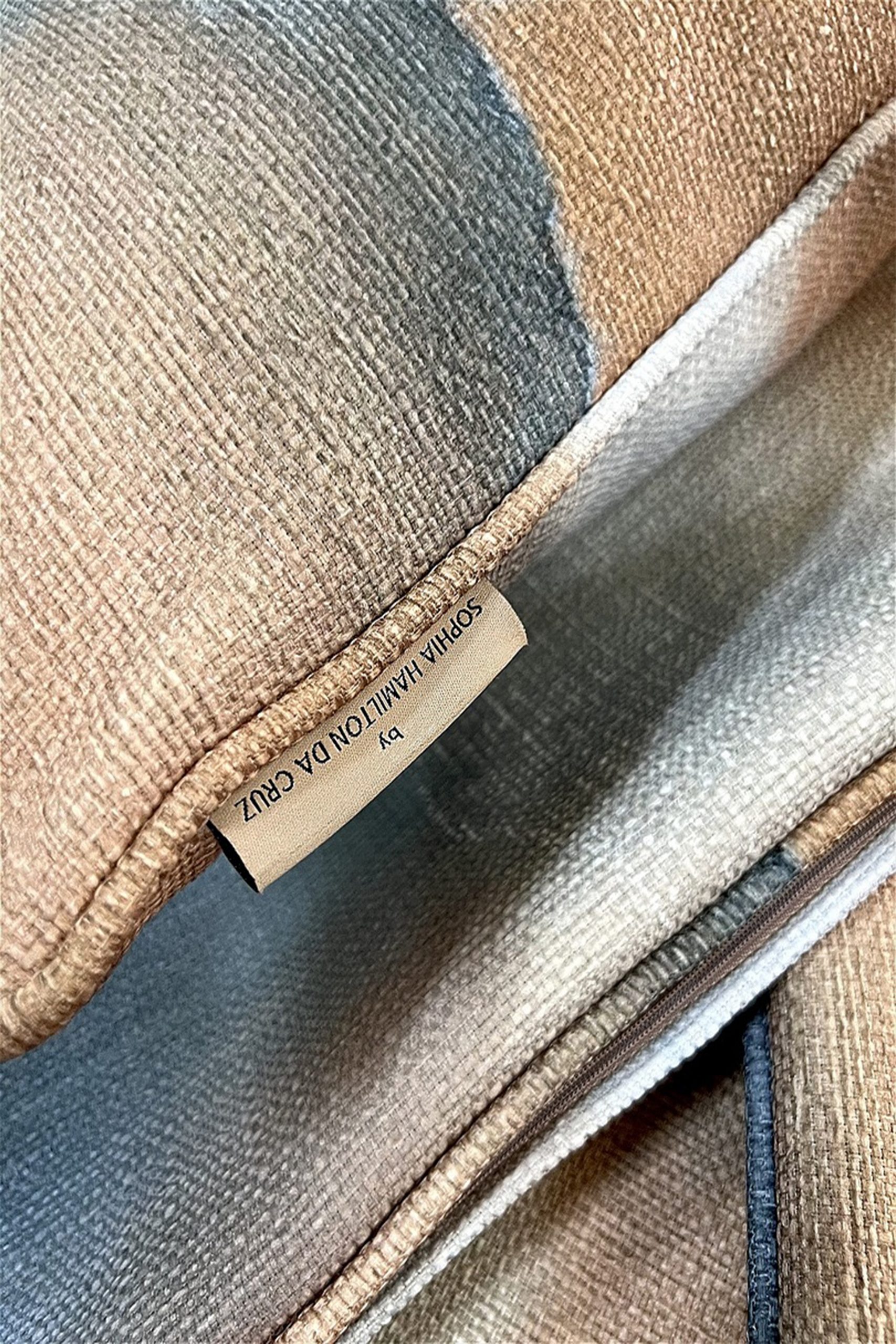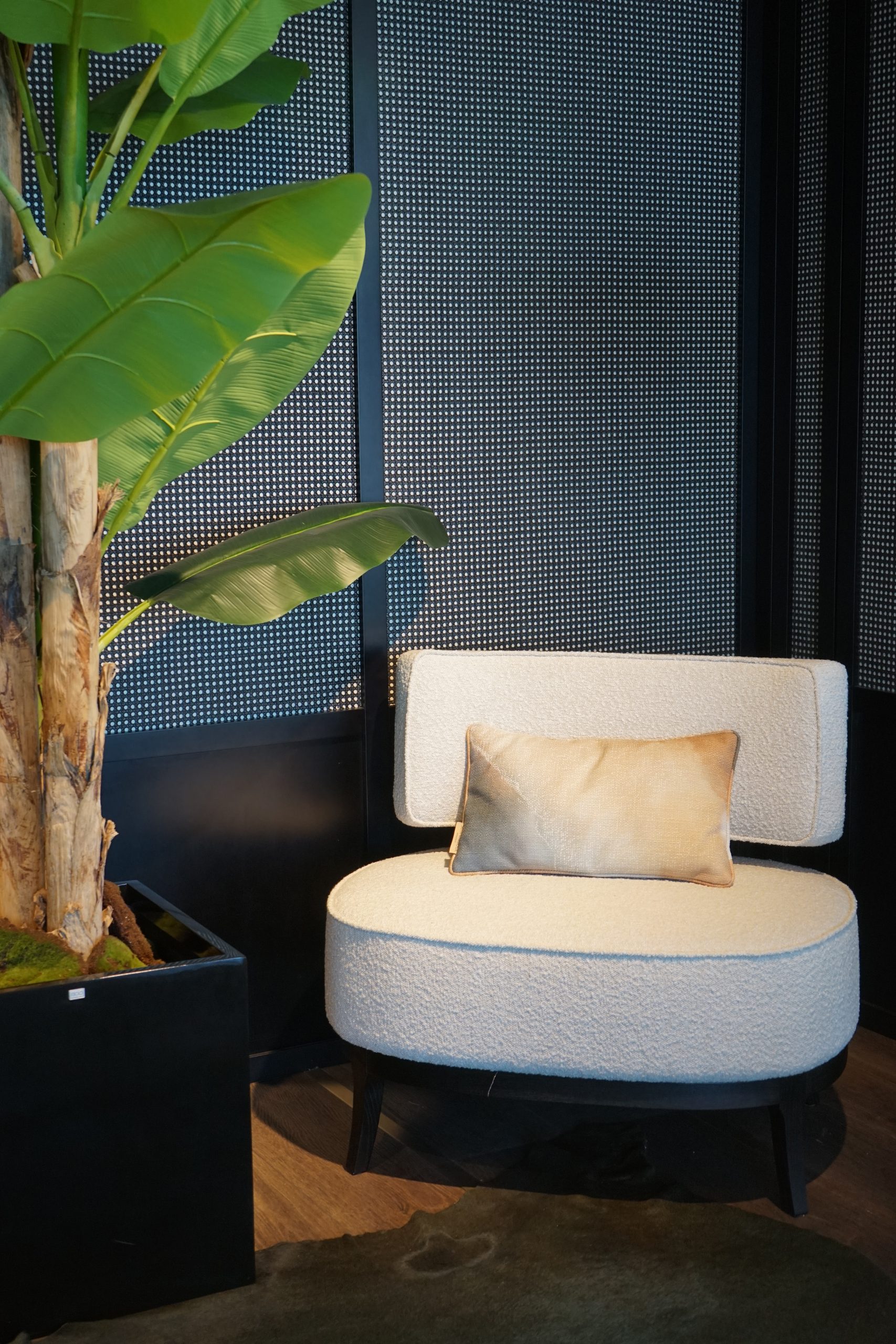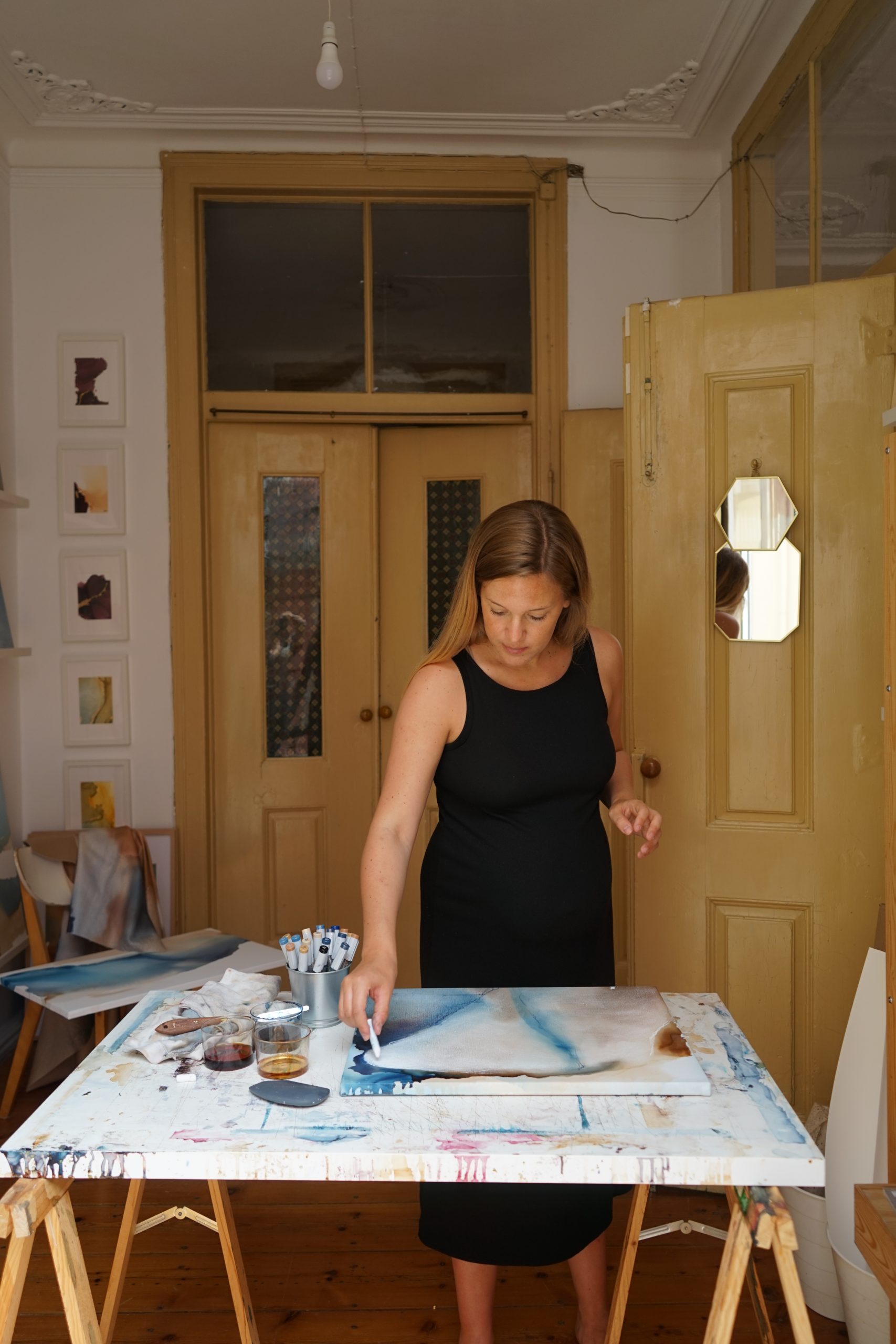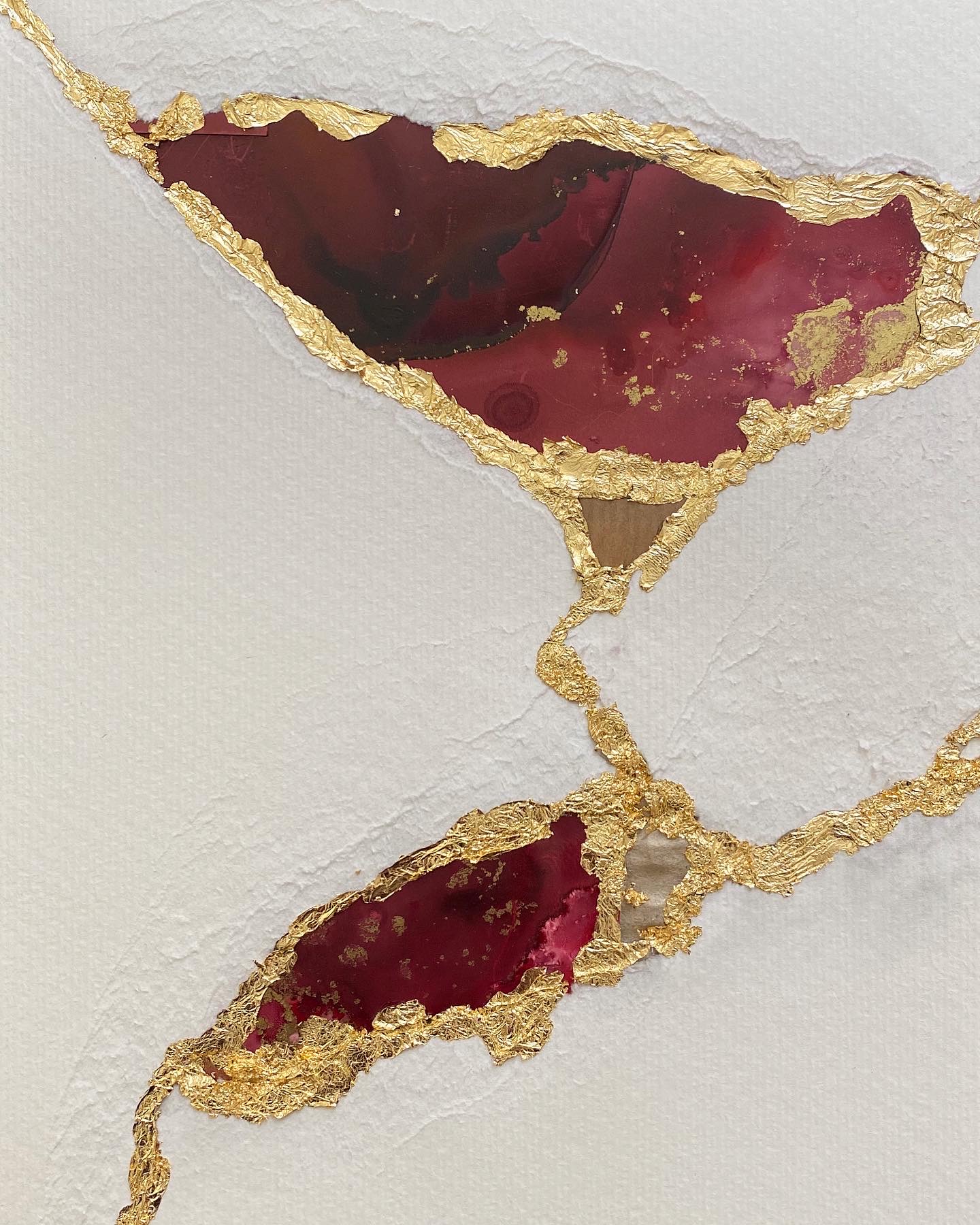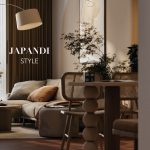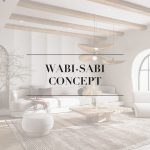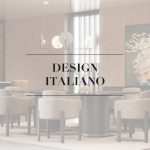Sophia Hamilton da Cruz is an architect who has been passionate about art since childhood, and whose manual and plastic activities have always been her favourites. With a degree in Architecture, including a Masters in Madrid, Sophia immersed herself in the world of the arts, exploring abstract painting techniques that enriched her artistic understanding and technique.
Today, Sophia balances her life between architecture and painting, considering the latter to be her creative refuge, allowing her to freely explore plastic and emotional expression. In this interview, she shares the fascinating experience of transforming her art into cushions in collaboration with Jota Barbosa Interiors, making art more accessible and integrated into people’s daily lives. Don’t miss this unique interview.
1 | Being an architect by profession, how did your passion and dedication for art come about? How does your training in architecture influence your artistic work?
Sophia Hamilton da Cruz: I often say that I’m an architect by profession and an artist by passion. I’ve loved drawing and painting since I was very young. Manual and plastic activities were always my favourite playthings as a child.
I did my final Masters in Architecture in Madrid, where I sought a deeper and more global understanding of the world of the arts and took abstract painting classes, where I learnt different techniques and developed new ways of creating, which I still use today. This experience was fundamental in honing my artistic understanding and technique.
Nowadays, painting has become my refuge, providing an escape from the more rational aspects of architecture. It is through art that I can freely and self-taughtly explore my creativity, working with colours, shapes and textures in a way that completes me. I wouldn’t say that my work as an architect influences my artistic work, but rather that these two practices complete my artistic universe. While architecture addresses more structural and functional challenges, painting provides me with a unique way of exploring plastic and emotional expression. Working in parallel in both areas helps me feel complete professionally.
- Artist Sophia Hamilton da Cruz with her works
2 | For those interested in appreciating or acquiring her work, where can they find Sophia Hamilton da Cruz’s creations? Is there a gallery, online platform or showroom that represents your work?
Sophia Hamilton da Cruz: My works can be seen in my studio, located on Calçada Marquês de Abrantes in Lisbon, by appointment. I also have works on display and available for sale in Comporta, at the RICE by Marta Mantero shop; in Cascais, at the Invicta Cascais shop; and in Porto, at Jota Barbosa Interiors.
- Details of the artist technique of the Sophia Hamilton da Cruz architecture paintings
3 | How do you see the importance of art in decorating spaces and how does Sophia believe it can influence the environment and the people who visit it? How does this align with Sophia’s artistic vision?
Sophia Hamilton da Cruz: For me, art plays a fundamental role in people’s lives and is an intrinsic part of my artistic process. I believe that the presence of art in the decoration of spaces is essential, it goes far beyond merely filling empty walls. Art has the power to completely transform an environment and influence the emotions of the people who visit it. Art is a universal language capable of communicating messages, telling stories and creating a silent dialogue between the viewer and the environment. In my artistic vision, I believe that art transcends mere aesthetics and is an extension of the environment, interacting in a unique way with the people who experience it. Each work of art has an energy of its own, and this energy can influence people’s state of mind.
As for my personal artistic approach, I try to create works that not only integrate visually into the space, but also convey emotions and stimulate the imagination. I believe that art should provoke a visceral response, a connection between the work and the viewer. By aligning this vision with the decoration of spaces, I aim to contribute to the construction of environments that go beyond the functional, becoming true sensory and emotional experiences for those who inhabit them. When art is incorporated into interior design, it can transform an ordinary space into an extraordinary place, enriching the lives of the people who inhabit it.
- Estúdio de arte SHC
- Detalhes dos materiais artístcios para a conceção dos quadros e almofadas
4 | For those who wish to have one of their own or commission a personalised painting, how can they order a painting by Sophia Hamilton Cruz? Can you share a little about the process of developing a personalised work?
Sophia Hamilton da Cruz: Those interested in acquiring one of my works can contact me via my website or social networks, where I provide all the information about the works I currently have available and what is required to start the process of placing an order.
Working with commissions is, in fact, one of the most rewarding parts of my job as an artist. The opportunity to create something unique and special for a specific person and a specific space is a very enriching experience.
The first step is to start a conversation with the client to understand their preferences and the atmosphere they want to create in the space where the work will be placed. This exchange of ideas is essential if the work is to fulfil the expectations and purpose of the buyer, while maintaining my artistic touch. I also offer support in defining the size of the work and the layout.
I am always open to new challenges and collaborations that allow me to explore new ideas, creating works that not only bear my artistic signature, but also reflect the unique identity and desires of those who commission them.
- Design and conception of the Blur Series collection
- Presentation of the collection’s paintings in the architect’s study
5 | The collaboration with Jota Barbosa Interiors to turn your art into cushions has become an interesting extension of your work. How did this partnership come about and how do you see the transformation of art into a decorative product as a way of extending the reach of artistic expression?
Sophia Hamilton da Cruz: Collaborating with Jota Barbosa Interiors to transform my art into cushions was undoubtedly a very interesting and enriching challenge for my artistic work. This partnership arose from a convergence of artistic visions and the search for new ways to bring my creations to life.
I see this transformation of art into decorative products as a way of making art more accessible and integrated into people’s daily lives. Cushions, in this context, become more than just decorative accessories. Extending the reach of artistic expression through decorative products not only democratises access to art, but also allows people to incorporate the aesthetics and individuality of the works into their daily environment.
This collaboration represents an innovative way of exploring the limits of artistic expression, showing that art can transcend traditional boundaries and be appreciated in unexpected ways.
- Collaboration with Sophia Hamilton da Cruz and Jota Barbosa Interiors
- Exhibition of cushions from the Blur Series Collection
- Boutique Foz by Jota Barbosa Interiors
6 | The Blur Series collection turned out to be a visually interactive concept, featuring a fusion of shapes and colours. Can you share the inspiration behind this collection and how it differs from your other works?
Sophia Hamilton da Cruz: The invitation from Jota Barbosa Interiors came to me when I was expecting my first child. During this period of introspection and anticipation of motherhood, I was already at the beginning of the process of creating a new series that would portray the world of dreams and the ethereal. The focus of this series was to capture the essence of that moment, exploring works where the conventional boundaries between shapes and colours fade away. The term “Blur” adopted for the series precisely reflects my artistic intention: to soften the lines and create an ethereal aesthetic that captures the ephemerality of movement and transformation. This series stands out from my other works for its more experimental approach and its emphasis on the organic fusion of elements, where I have also used new materials such as pastel and fabric.
- Painting techniques in the studio
- Blur painting technique
7 | The partnership with Chanel is remarkable. Can you share a little about how this collaboration came about and how Chanel’s identity is reflected in your artistic creations?
Sophia Hamilton da Cruz: The opportunity arose from Chanel’s initiative to work with artists and promote artistic expression, aligning it with the brand’s distinctive aesthetic and concepts. They invited me to develop an exclusive series of 25 paintings from my Kintsugi series, inspired by the brand’s philosophy, for the launch of the new Sublimage products.
The challenge was to incorporate elements of my own artistic approach, providing a meaningful fusion between the artisanal tradition of Kintsugi and the contemporary innovation characteristic of my creations. Each work aimed to capture the essence of the regenerative power inherent in the Sublimage range of products. The end result was a series of paintings that not only visually illustrated the Sublimage products, but also told a story rich in meaning, uniting Kintsugi’s cultural roots with Chanel’s avant-garde vision.
- Application of the Kintsugi technique
8 | Sophia’s unique approach to art, especially with the use of Kintsugi, is a very interesting technique. How do you establish this link between Japanese artistic tradition and contemporary innovation, and what message do you want to convey with this fusion?
The Kintsugi series was born out of the need to give new life to the waste I had in my studio, it’s a series that combines art with sustainability. I rescue fragments of colour tests and paintings that were destined for a drawer or the rubbish bin and create a composition using the Kintsugi technique, the principle of which is to use gold as a means of repair. Each fragment is carefully incorporated into the work, creating a visual narrative that celebrates the creative journey and the capacity for transformation. The Kintsugi series is an invitation to reflect on the importance of the process and to find beauty in imperfection, where we try to re-signify something that would no longer have any use in the first place and give it a new meaning.
- Applying the Kintsugi technique to picture art
- Art with warm tones by Sophia Hamilton da Cruz
9 | Throughout your career, what was the most challenging art project you faced and carried out? What obstacles have you encountered and how have you overcome these creative challenges?
I can’t identify a specific project that I would consider the most challenging. However, I struggle daily with challenges that are part of my creative process, obstacles related to self-reflection and overcoming internal pressures. My focus is often centred on the act of painting itself, where the process and artistic creation have a deeper meaning for me than the end result. From this comes the need to fulfil certain expectations and the frustration of this interfering with the freedom to explore my own creative process. Overcoming these challenges occurs not only through continuous practice, but also by gradually understanding what my creative process is and how to balance it with the authenticity of my style.
Contacts
Website: https://www.sophiahamiltoncruz.com/
Email: hamiltoncruzsophia@gmail.com | Mobile: +351 914 773 507 (Call to national mobile network)
Instagram: https://www.instagram.com/sophiahamilt…cruz.arte/
Pinterest: https://www.pinterest.pt/sophiahamiltonc/
